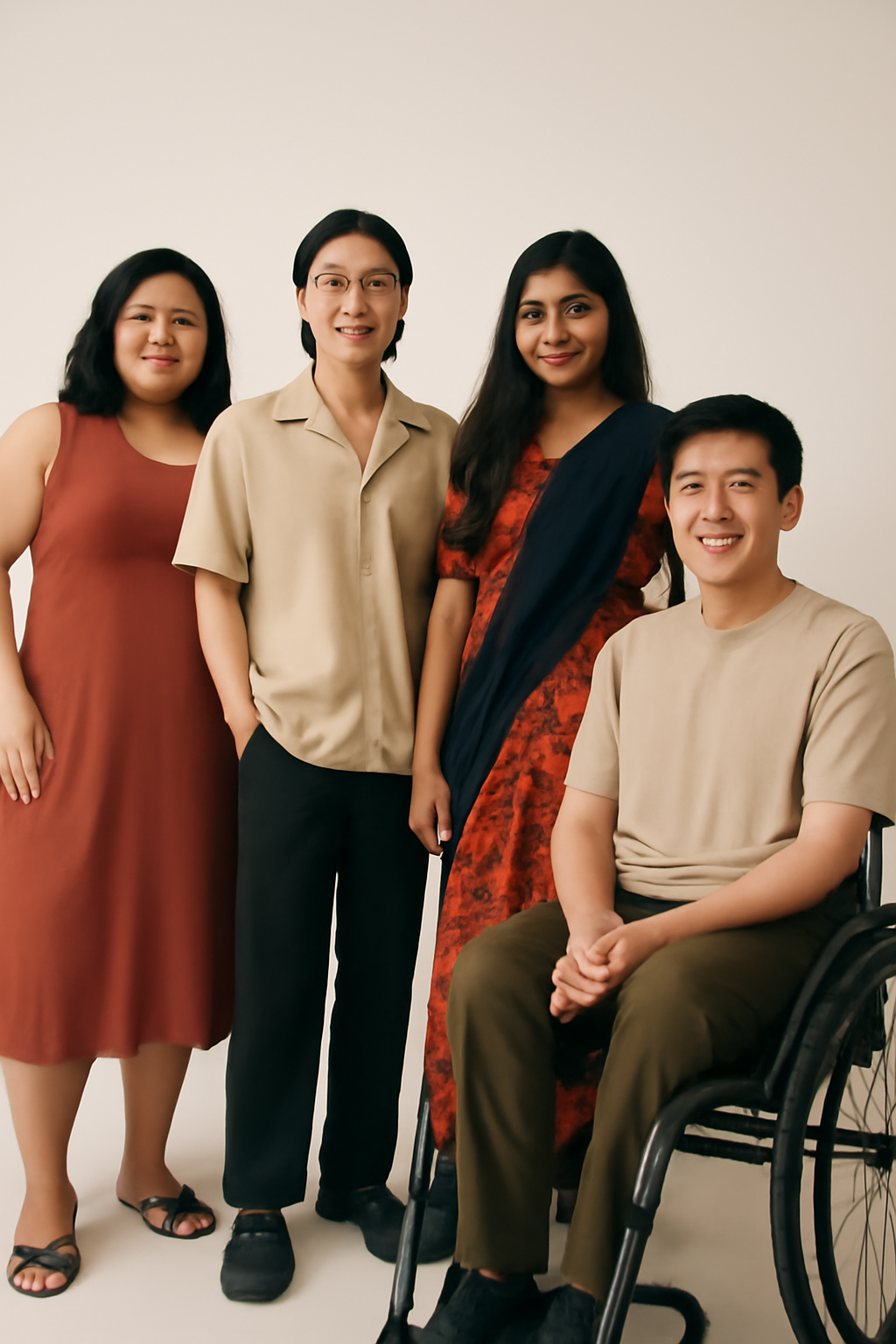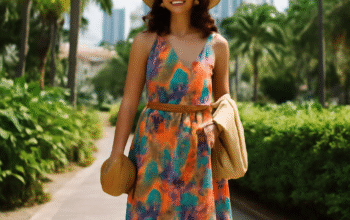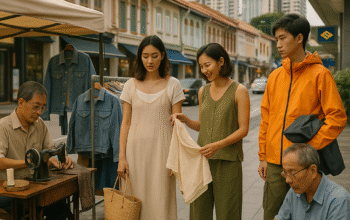In Singapore, the fashion industry is experiencing a profound shift towards inclusivity, transforming the way fashion is defined and consumed. Historically, the fashion industry has often been criticized for perpetuating narrow standards of beauty, which many people, particularly those from diverse backgrounds, felt excluded from. However, over the past decade, the tide has been turning, and the concept of inclusivity has taken center stage in Singapore’s fashion scene.
Singapore’s rich multicultural environment serves as a natural incubator for inclusivity in fashion. With a diverse population that includes various ethnicities, religions, and cultural practices, it’s no surprise that the fashion industry here is now embracing a wider spectrum of beauty. This cultural diversity is reflected in the designs of many local fashion brands, who are increasingly showcasing models of different ethnicities, body types, and gender identities on their runways.
One important development in this space is the increasing availability of fashion lines designed to accommodate a wider range of body types. Brands such as Love, Bonito and Marks & Spencer have made it their mission to offer clothing that fits women of all sizes, creating a sense of belonging for consumers who may have previously felt overlooked. The presence of plus-size clothing options in mainstream stores, once a rarity, is now a regular feature, signaling a positive shift towards a more inclusive market.
Beyond body size, the idea of gender inclusivity is also gaining traction in Singapore’s fashion industry. Many local designers are pushing boundaries by creating unisex collections that break away from traditional gender norms. These collections are not only designed to appeal to a wider range of consumers but also to celebrate the fluidity of gender. Singapore-based brand The Thread Theory has been one of the leaders in this movement, offering tailored yet comfortable clothing that transcends gendered expectations.
Furthermore, adaptive fashion is slowly emerging as an important area of focus in Singapore’s inclusive fashion scene. As the awareness of disability rights and accessibility continues to grow, designers are becoming more thoughtful about the needs of people with disabilities. Brands like Adaptive Clothing offer stylish yet functional clothing with features such as Velcro fastenings and magnetic closures, making it easier for individuals with mobility impairments to dress independently.
Inclusivity is not just a matter of body size or gender. It also involves representing a variety of cultural backgrounds and perspectives. This is why ethnic diversity has become an essential component of inclusivity within Singapore’s fashion landscape. Fashion shows like Singapore Fashion Week now actively seek to showcase models of different ethnicities, challenging the long-standing notion that only one type of beauty is valid in fashion.
Social media has also played a significant role in advancing inclusivity. Platforms like Instagram have given voice to independent models, bloggers, and influencers who represent a range of body types, ethnicities, and gender expressions. This democratization of fashion has pushed traditional brands to rethink their strategies and offer more inclusive clothing options. Moreover, it has created a space where diverse individuals can showcase their personal style and challenge the conventional ideals of beauty.
As the fashion industry in Singapore continues to evolve, the push for inclusivity is expected to grow. The demand for more diverse, accessible, and body-positive clothing will only increase as consumers become more vocal about their desire for representation. In the years to come, the Singapore fashion industry will likely continue to lead the way in promoting inclusivity, creating a more equitable and empowering fashion landscape for all.




